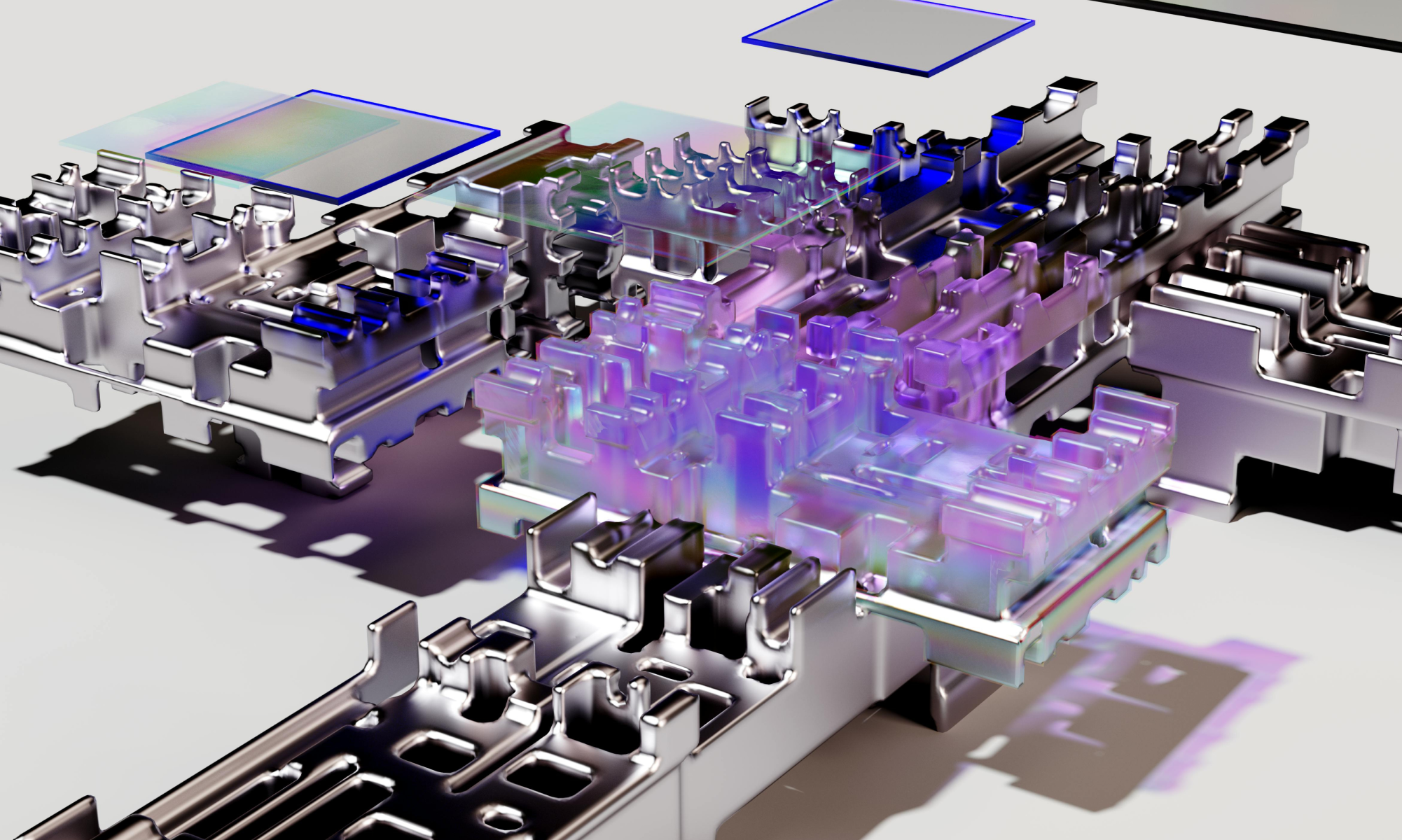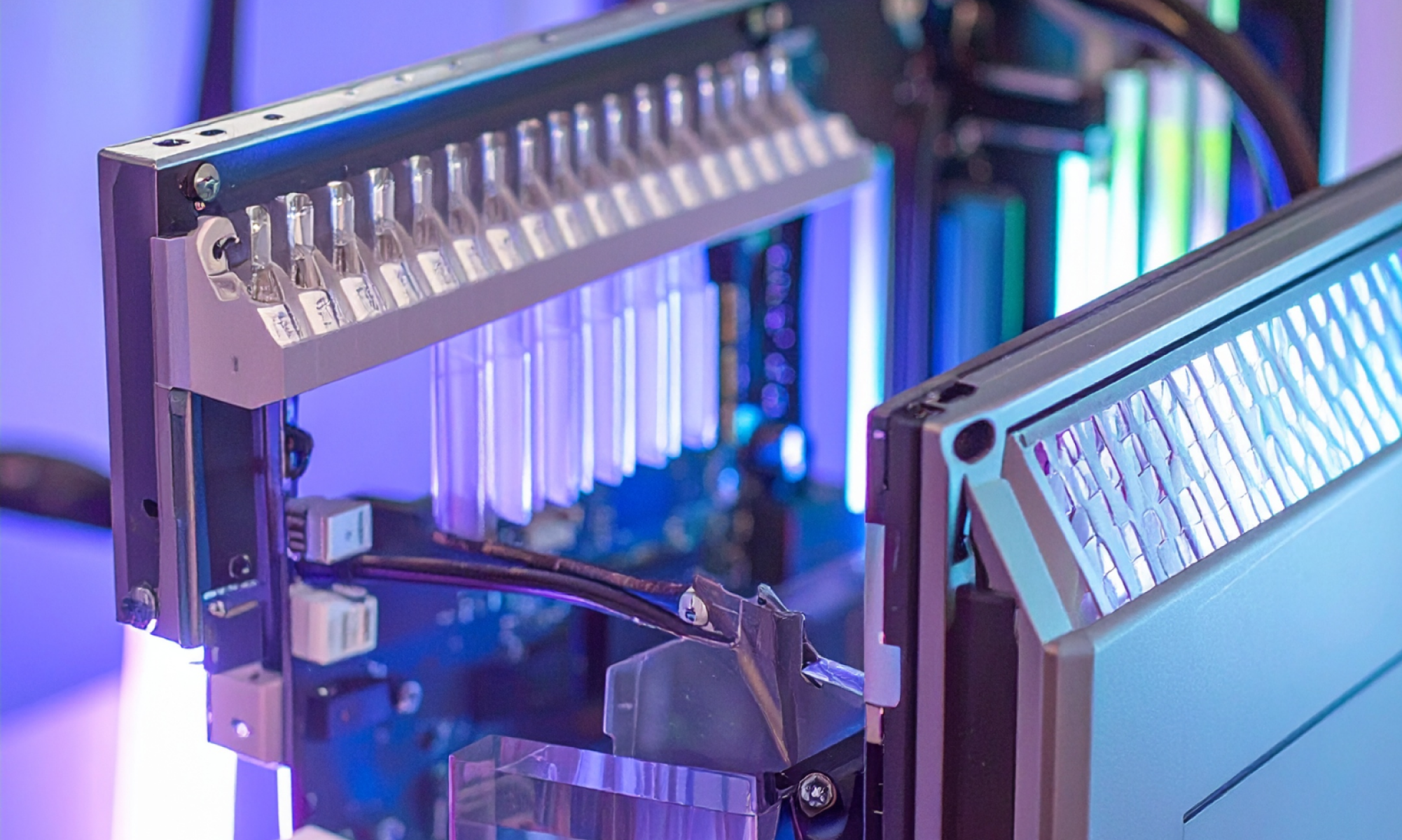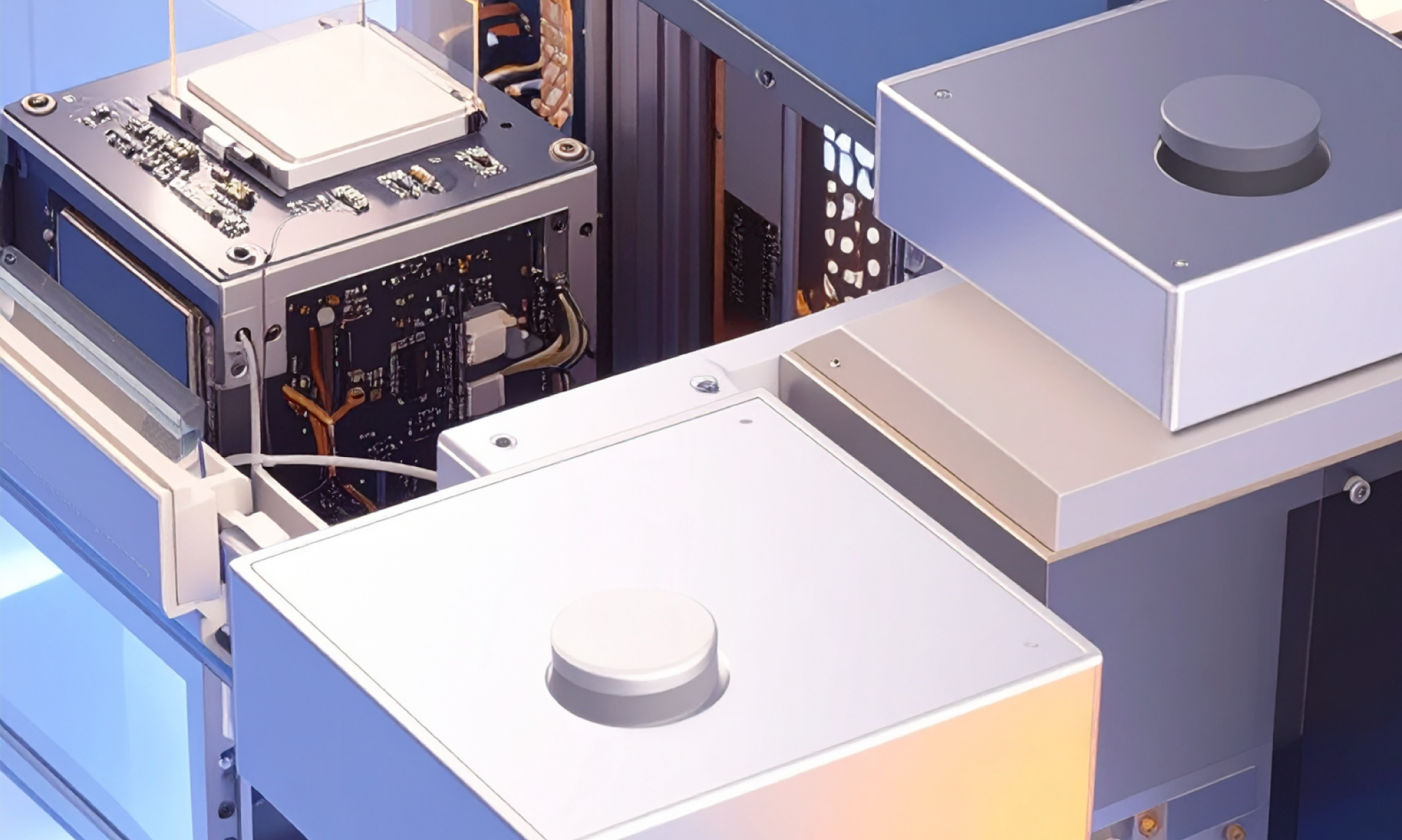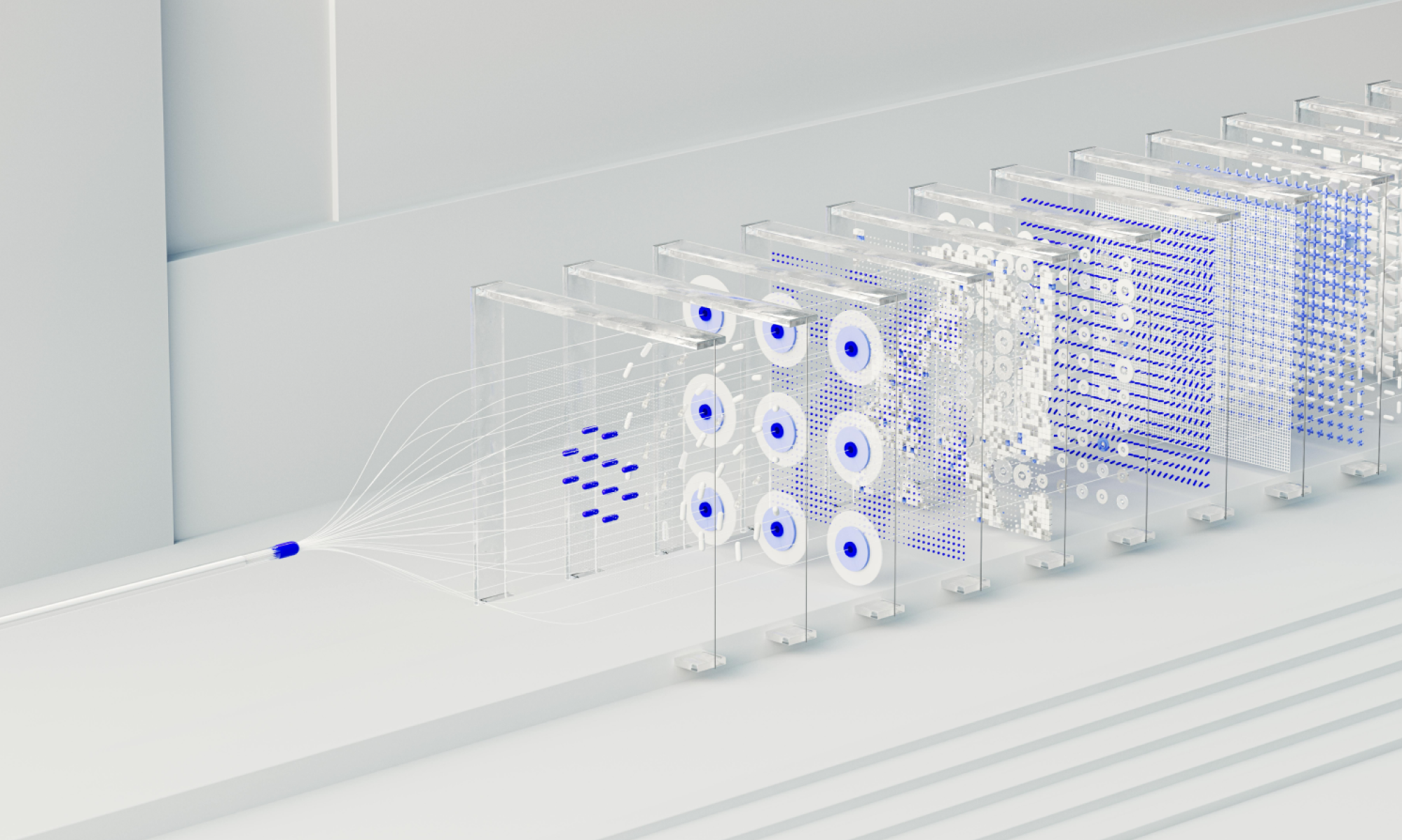AI
our blog
From Code To Concepts: How AI Is Changing The Way We Interact With Technology

For decades, interacting with technology meant getting into very precise detail. Software demanded step by step instructions, rules spelled out in full and logic laid bare. To get a machine to do what we wanted, humans had to think in “zeros and ones” and operate at a very low level of abstraction. Every command, every interaction, required micromanagement.
AI is changing that. Instead of specifying every detail, we can now give broad intent, context or goals and let the system interpret and act. It’s a shift from managing instructions to communicating concepts. Suddenly, technology can bridge the gap from a 50,000 foot strategy down to actionable output.
This is great because it frees humans from mechanical detail, letting us focus on ideas, strategy and outcomes. AI fills in the missing steps, making technology more intuitive and accessible than ever before. Teams can therefore collaborate at a higher level, innovate faster and tackle problems from a perspective that used to feel out of reach. For organisations, that means less time tied up in repetitive detail and more capacity to focus on and deliver meaningful change.
It goes without saying, there are obviously pitfalls. Treating AI as just a tool to automate granular tasks, over-engineering prompts with unnecessary rules, or failing to trust the system to interpret high level intent can keep you stuck at the 1,000 foot view. If you never embrace abstraction, you miss out on the speed and creativity AI can unlock. Too much focus on the mechanics and the opportunity to think bigger is quickly lost.
The better approach is to start at the big picture. Frame interactions around desired outcomes, not individual steps. Refine gradually from 50,000 feet to 30,000 feet, rather than diving straight into the details and ask higher order questions, letting AI handle the details. The goal should be to help elevate human thinking.
At Studio Graphene, we help clients shift their mindset from technical detail to strategic intent. We design AI products that accept and interpret high level inputs, using abstraction to move ideas into working products faster. The result is technology that executes day to day tasks but in a way that feels collaborative. By combining our experience in building innovative digital products with applied AI, we create tools that fit seamlessly into the way teams already work - boosting speed, creativity and confidence.









